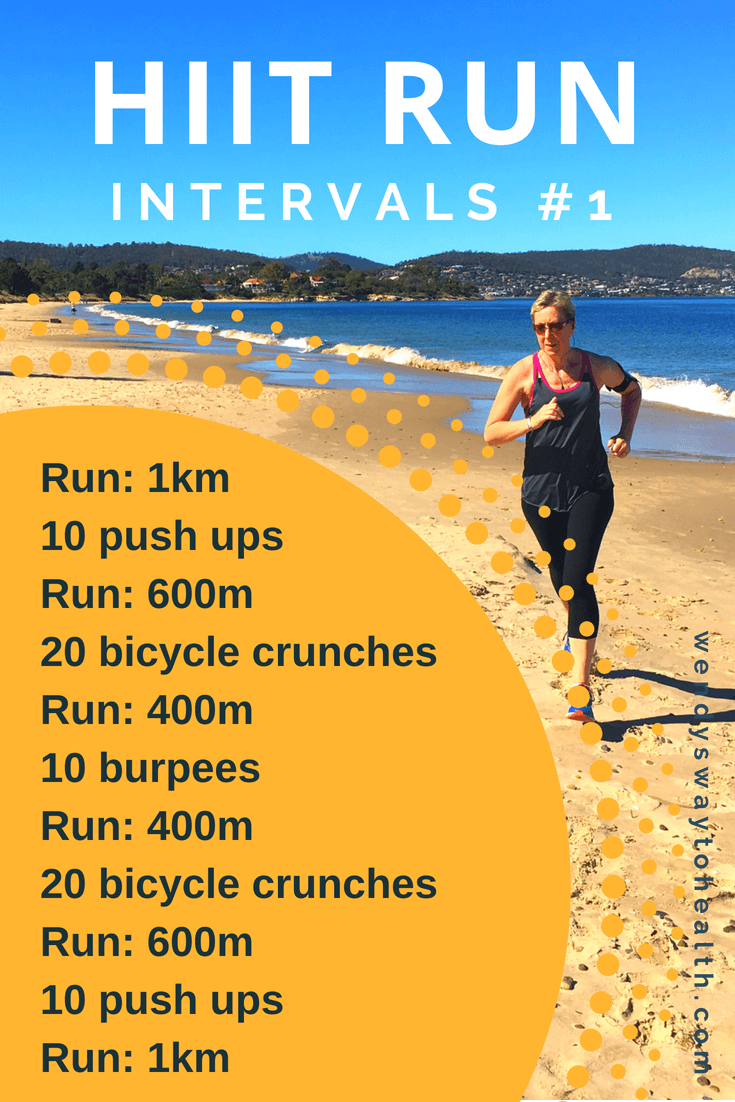Dominate Your Runs: Proven Strategies for Efficient Running Workout
Wiki Article
How to stop and Manage Discomfort in Running: Professional Tips and Recommendations
As runners, we commonly locate ourselves captured in between the euphoria of pressing our physical limits and the pain that can accompany it. The pursuit of that jogger's high can sometimes be impeded by the unwanted buddy of pain. Whether you are a skilled marathoner or a newbie striking the sidewalk for the very first time, the nagging visibility of discomfort and pain is a common measure. However, there exist tested approaches and skilled advice that can assist alleviate and manage these discomforts, allowing you to concentrate on the happiness of running itself.Importance of Appropriate Shoes
Proper footwear plays a crucial duty in preventing and handling discomfort for joggers, as it substantially influences their comfort, performance, and total foot health. When it pertains to running, wearing the right shoes can make all the difference. Uncomfortable or improper footwear can cause a host of problems such as sores, shin splints, plantar fasciitis, and a lot more severe injuries like stress cracks.Choosing the right running footwear includes taking into consideration aspects such as foot type, stride auto mechanics, running terrain, and personal choices. Runners with high arcs might need more cushioning and support, while those with level feet might take advantage of security footwear. In addition, comprehending pronation (the internal rolling of the foot) and supination (the exterior rolling of the foot) can aid in selecting shoes that offer the appropriate degree of arch assistance.
Spending in top quality operating footwear that are ideal for your specific demands can aid protect against discomfort and discomfort while improving your running experience. Prioritizing correct footwear is not simply concerning efficiency however likewise about guarding your foot health in the future.

Efficient Workout Methods
A dynamic workout routine prior to a run helps raise blood flow to the muscular tissues, enhances flexibility, and improves the range of activity of the joints. Dynamic stretches like leg swings, high knees, and hip circles are beneficial in preparing the body for the physical needs of running.Along with dynamic stretches, including some light cardio workouts such as running or avoiding rope can better boost the heart rate and heat up the body. This mix of dynamic extending and light cardio helps loosen up limited muscles, oil the joints, and psychologically prepares the runner for the upcoming workout (running strategy). By making warm-ups a regular part of your running routine, you can significantly decrease the risk of injuries and carry out at your best during each run
Trick Extending Workouts
When preparing for a run, integrating crucial extending exercises is vital to enhance muscular tissue flexibility and stop injuries - Read More. Dynamic stretches such as leg swings, high knees, and hip circles are advantageous for heating up the muscles and increasing series of activity before a run. These motions aid enhance blood circulation, loosen up tight muscle mass, and prepare the body for the task in advanceStatic stretches like calf stretches, hamstring stretches, and quadriceps stretches need to follow a run to help in muscular tissue recovery and stop rigidity. Holding each go for 15-30 seconds enables the muscle mass to loosen up and elongate, minimizing the threat of post-run soreness and prospective injuries.
In addition, incorporating yoga presents like downward canine, pigeon present, and spine spins can target multiple muscle groups all at once, advertising total adaptability and strength. Consistent stretching routines not only improve performance however likewise assist in keeping excellent running kind and preventing overuse injuries. Remember, appropriate stretching methods are crucial for a safe and enjoyable running experience.
Recovery and Rest Techniques
After completing a run, carrying out efficient healing and remainder techniques is essential for optimizing efficiency and reducing the danger of injuries. Additionally, including rest days right into your training routine is vital to protect against overuse injuries and exhaustion.Energetic recovery methods such as mild extending, foam rolling, and yoga can help enhance blood circulation, reduce muscle mass discomfort, and boost flexibility. It is likewise valuable to focus on hydration and nutrition post-run to replenish electrolytes, glycogen stores, and advertise muscular tissue recovery.
Cross-training activities like swimming or cycling can supply a break from the recurring impact of running while still preserving cardio fitness - running strategy. Listening to your body and acknowledging when it requires a break is vital to avoiding chronic injuries and making sure lasting running success. Bear in mind, rest is not a sign check it out of weak point yet a vital part of a well-rounded training program
Cross-Training Perks

It permits you to function on different elements of health and fitness that might not be targeted entirely with running, leading to a much more balanced and versatile professional athlete. Furthermore, cross-training can aid improve running effectiveness by attending to muscle discrepancies and weaknesses that might prevent performance.
Conclusion
In final thought, proper shoes, workout strategies, extending exercises, healing methods, and cross-training are crucial components in stopping and managing discomfort in running. By integrating these techniques right into your regimen, you can minimize the threat of injury and discomfort while maximizing performance and enjoyment of the sport. Read More. Bear in mind to pay attention to your body, prioritize rest and recovery, and seek expert guidance when required to ensure a risk-free and efficient running experienceReport this wiki page